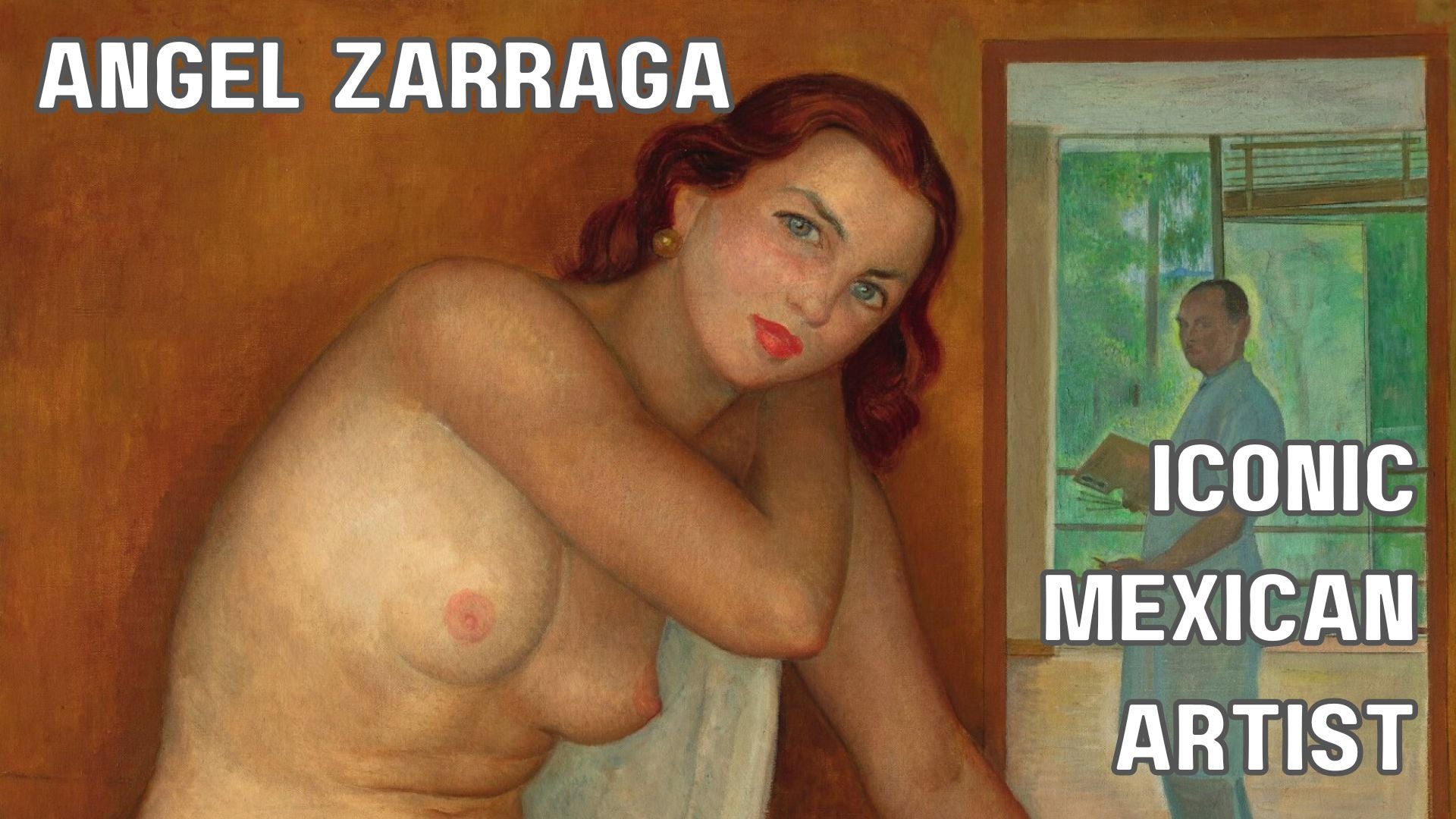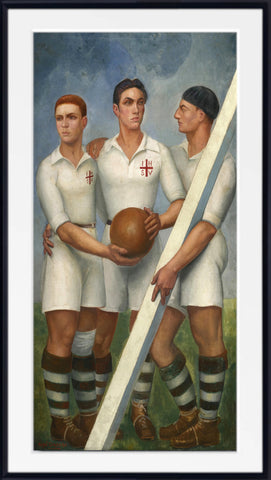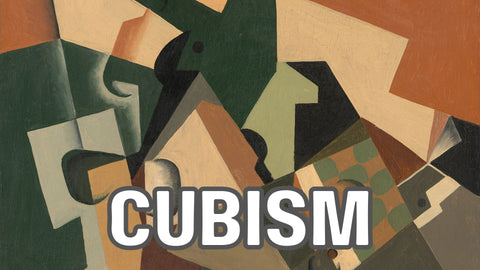Table of Contents:[hide]
Angel Zarraga, a name not often mentioned alongside the titans of Mexican art like Diego Rivera or Frida Kahlo, yet a figure whose contributions to the cultural landscape of Mexico and beyond are significant. In this blog post, we'll delve into the life and works of Ángel Zárraga, uncovering the layers of his artistic journey and the mark he left on the world of painting.
Unveiling the Biography of Angel Zarraga
Ángel Zárraga was born on August 16, 1886, in Victoria de Durango, Mexico, into a family where his father, Dr. Fernando Zárraga, was a prominent physician. From an early age, Zárraga exhibited a passion for art, which led him to pursue formal education in painting. He attended the Escuela Nacional de Bellas Artes (ENBA) in Mexico City, where he honed his skills and immersed himself in the artistic and intellectual milieu of the time.
European Sojourn and Artistic Evolution
Zárraga's artistic journey took him across the Atlantic to Europe in 1904, where he embarked on a transformative study trip. During his time in Europe, he explored various artistic movements and exhibited his works in Spain, France, and Italy. It was in Europe where Zárraga's style began to evolve, influenced by the avant-garde movements of the early 20th century.
In 1911, Zárraga made a pivotal decision to move to France permanently, a move that would greatly impact his artistic trajectory. Immersed in the vibrant Parisian art scene, Zárraga's style underwent further transformation, incorporating elements of Cubism and drawing inspiration from artists like Cézanne and Giotto. His paintings from this period reflect a fusion of Cubist aesthetics with a distinct Mexican sensibility.
Contributions to Mexican Muralism and Beyond
While Zárraga's name may not be as synonymous with Mexican muralism as Rivera or Orozco, his contributions to the movement are noteworthy. His murals adorned notable locations such as the Château de Vert-Cœur and the Cité Internationale Universitaire de Paris, showcasing his versatility as a muralist. Additionally, Zárraga played a role in decorating the Mexican embassy in Paris, further cementing his connection to his homeland.
The Return to Mexico and Legacy
The outbreak of World War II prompted Zárraga to return to Mexico briefly, where he painted murals at the Club de Banqueros and the Monterrey Cathedral. However, his return was marred by personal struggles, including financial difficulties and declining health. Zárraga passed away on September 22, 1946, leaving behind a legacy that continues to resonate in the annals of Mexican art history.
Conclusion: Honoring Ángel Zárraga's Artistic Legacy
In conclusion, Ángel Zárraga may not occupy the same pedestal as some of his contemporaries, but his contributions to Mexican art are undeniable. From his early explorations in Europe to his involvement in the Mexican muralist movement, Zárraga's journey reflects the dynamic interplay between tradition and innovation in Mexican art. As we celebrate the rich tapestry of Mexican art, let us not forget the pioneering spirit of artists like Ángel Zárraga, whose legacy endures through the strokes of his brush.
Prints and Canvas Panels:
Fine art prints and ready to hang gallery quality canvas panels of Angel Zarraga paintings are avaiable in a range of sizes with fast worldwide delivery.
Angel Zarraga FAQ's
-
Who was Ángel Zárraga?
- Ángel Zárraga (1886-1946) was a renowned Mexican painter known for his contributions to the Mexican art scene, particularly during the early 20th century.
-
What was Ángel Zárraga's artistic style?
- Zárraga's artistic style evolved over the years, initially influenced by the prevailing artistic trends of his time. He began with a more traditional approach but later embraced Cubism and drew inspiration from artists like Cézanne and Giotto.
-
What are some notable works by Ángel Zárraga?
- Zárraga produced a diverse body of work, including paintings, murals, and exhibitions. Some notable works include "Girl with Cherry Tart" (1922), his murals at the Château de Vert-Cœur and the Cité Internationale Universitaire de Paris, and his contributions to the Mexican embassy in Paris.
-
Was Ángel Zárraga involved in the Mexican muralist movement?
- While Zárraga's involvement in the Mexican muralist movement may not be as prominent as figures like Diego Rivera or José Clemente Orozco, he did contribute murals to various locations, showcasing his versatility as an artist.
-
Where did Ángel Zárraga study art?
- Zárraga studied at the Escuela Nacional de Bellas Artes (ENBA) in Mexico City, where he received formal training in painting. Additionally, he embarked on a study trip to Europe in 1904, where he further refined his skills and explored different artistic movements.
-
Did Ángel Zárraga exhibit his works internationally?
- Yes, Zárraga exhibited his works internationally, showcasing them in countries such as Spain, France, Italy, and the United States. His participation in exhibitions like the Salon d'Automne in Paris and his murals abroad contributed to his international recognition.
-
What led Ángel Zárraga to return to Mexico during World War II?
- The outbreak of World War II prompted Zárraga to return to Mexico briefly, where he painted murals at various locations. However, personal struggles, including financial difficulties and declining health, marked this period of his life.
-
What is Ángel Zárraga's legacy in Mexican art?
- Ángel Zárraga's legacy in Mexican art is multifaceted. While he may not be as widely recognized as some of his contemporaries, his contributions to Mexican art, particularly in the realms of Cubism and muralism, endure through his artworks and the inspiration he continues to provide to future generations of artists.






